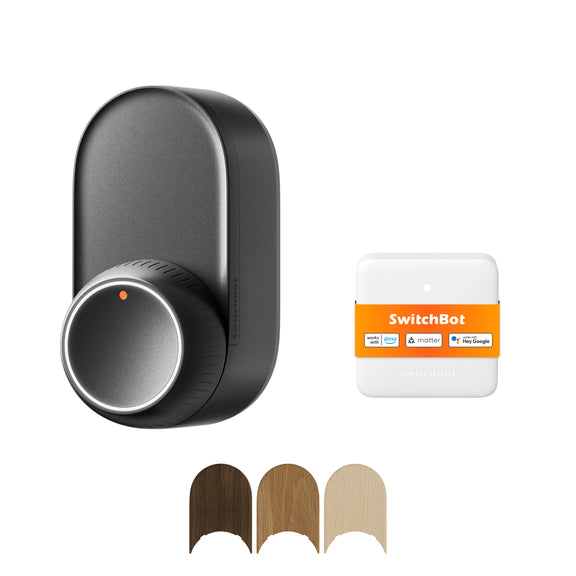Unlocking Security: Discover the Secrets of Keypad Locks and Why You Need One Now!
In an age where security is more paramount than ever, the advent of keypad locks has revolutionized how we protect our homes and businesses. Gone are the days of fumbling for keys or worrying about losing them. Keypad locks offer a modern solution to an age-old problem, combining technology with convenience. These locks not only enhance security but also provide ease of access for those who need it. This article aims to delve deeper into the different types of keypad locks available, how they function, and the myriad benefits they bring to users looking for a reliable and efficient locking mechanism.

Understanding Keypad Locks
Keypad locks are electronic locking devices that allow users to enter a numeric code on a keypad to unlock a door, eliminating the need for physical keys. The technology behind these locks varies, but they generally consist of a keypad, a locking mechanism, and a power source. When the correct code is entered, an electronic signal activates the lock, allowing access. Many keypad locks feature keyless entry, which means users can simply input their code without needing a traditional key. Additionally, some models offer programmable codes, enabling users to change their access codes easily, and backup options like a physical key in case of battery failure. This combination of technology and flexibility makes keypad locks a popular choice for modern security solutions.
Types of Keypad Locks
Keypad locks come in various forms to suit different security needs and preferences. Standalone locks are the simplest version, typically installed on exterior doors. These locks operate independently from other systems and are powered by batteries. Smart locks, on the other hand, integrate with home automation systems and can often be controlled through smartphones or smart home devices. They may include features like remote access and monitoring. Electronic deadbolts provide an added layer of security by combining traditional locking mechanisms with keypad technology, making them ideal for high-security areas. Understanding the differences between these types can help users select the best option for their specific requirements.
Benefits of Keypad Locks
The advantages of keypad locks over traditional key locks are numerous and compelling. One of the most significant benefits is enhanced security; many keypad locks are designed with advanced encryption technology, making them more difficult to pick or tamper with. Convenience is another major plus—users no longer need to carry keys around or worry about forgetting them. Personal anecdotes from friends often highlight the ease of access keypad locks provide, especially when hosting gatherings. They can simply share their code with guests instead of giving out physical keys. Moreover, keypad locks allow for the management of access for multiple users, making them perfect for families or businesses where different people may need entry at different times.
How to Choose the Right Keypad Lock
When selecting a keypad lock, several factors should be considered to ensure the right fit for your needs. First, evaluate the security features offered by the lock; look for options with strong encryption and durability to withstand tampering. Installation requirements are also crucial; some locks are designed for easy DIY installation, while others may require professional help. Compatibility with existing doors is essential as well—measure your door and check the lock's specifications before purchasing. Finally, assess your personal security needs. A friend of mine installed a keypad lock after a series of break-ins in their neighborhood; they prioritized features that allowed for quick code changes and remote monitoring, which significantly eased their concerns about security.
Final Thoughts on Keypad Lock Security
Keypad locks represent a significant advancement in home and business security, merging technology with user-friendly features. Throughout this article, we have explored the various types of keypad locks, how they function, and the multitude of benefits they offer over traditional locking systems. Investing in a keypad lock not only enhances your security but also provides unparalleled convenience for everyday use. As you consider your specific needs and the level of security you wish to achieve, taking the step toward upgrading your locking system with a keypad lock could be one of the best decisions you make for your safety.








commentaires